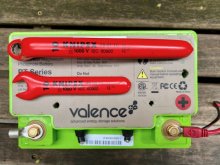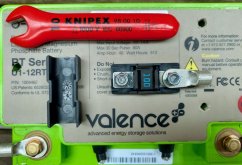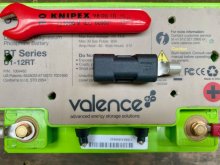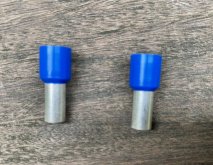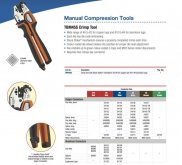Ampster
Renewable Energy Hobbyist
In your post #2 the Morning start manual clearly says, "Use UL Listed wire only; rated for the voltage, current, and wire length needed for the system. Minimum wire gauges have been recommended." Later it says, 6 AWG or larger. There is some ambiguity in those statements and the unknown factor in your installation is the length of the run and whether that wire will be in open air or not. It all depends on where you are standing and whether your goal is to protect the wire or use some other suggestion. Different people will interpret Morningstar's comments as recommendations or minimum requirements, I have never suggested that there is anything wrong with meeting minimum requirements. 4 AWG would be better if the distance is long.Morningstar's recommendation to use a 100 amp fuse with 6 gauge cable.
The thing I want other readers to understand, is the concept that the fuse is to protect the wire. In this case a 300 Watt inverter running at 12 volts will only draw 25 Amps or 50 Amps for a brief time under surge. In the case of a short circuit the battery is capable of delivering hundreds of Amps but the 100 Amp fuse would probably blow before the cable got too hot. If the distance between the battery and the inverter is long that could be an issue and in that case 4 AWG might be better.
If my generic comments continue to ignore you I have previously suggested that you go to my profile and click the ignore button. That is the only advice I have directed specifically at you.
Last edited:



